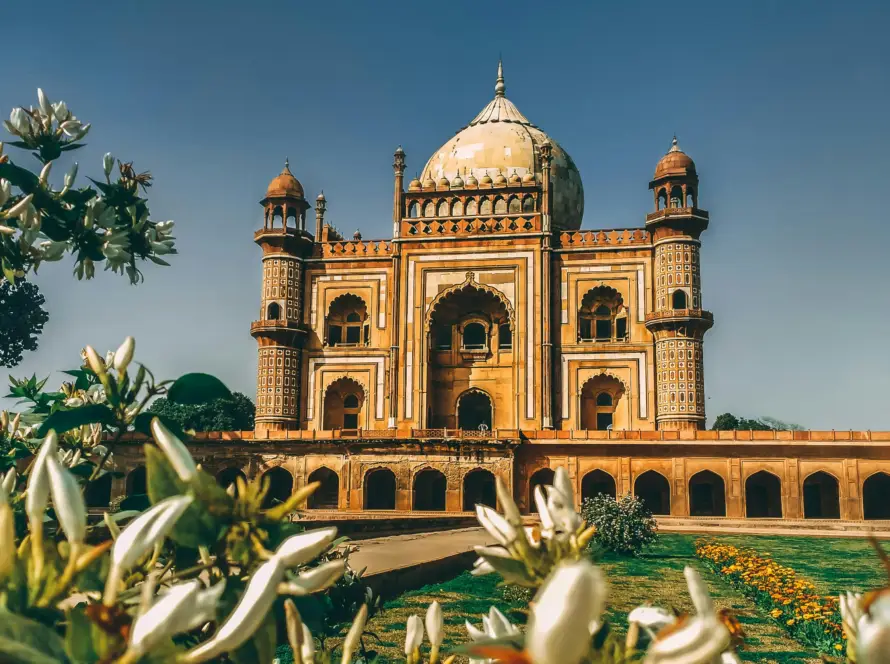Generated by Contentify AI

Traditional Indian weddings are known for their rich customs and elaborate rituals that make them a truly unique and memorable experience. From the vibrant colors to the intricate ceremonies, every part of an Indian wedding is filled with tradition and significance. One of the most important aspects of an Indian wedding is the series of ceremonies that take place leading up to the actual wedding day. These ceremonies often vary based on the region and cultural background of the families involved, but they all play a crucial role in preparing the couple for their new life together.
One of the most iconic rituals in an Indian wedding is the Mehendi ceremony, where the bride’s hands and feet are adorned with intricate henna designs. This ceremony is not only a beautiful form of body art but also holds symbolic meaning, with the intricate patterns representing joy, beauty, and spiritual awakening. In addition to the Mehendi ceremony, another significant tradition is the Haldi ceremony, where turmeric paste is applied to the bride and groom’s skin to cleanse and purify them before their wedding day. This ritual is believed to bring good luck and ward off any evil spirits.
The wedding day itself is a culmination of all the customs and rituals that have taken place leading up to this moment. From the Baraat procession, where the groom arrives in style on a decorated horse or carriage, to the exchanging of garlands between the bride and groom during the Jaimala ceremony, every moment is filled with joy and celebration. The highlight of the wedding is the Saat Phere, or seven steps, where the couple takes seven vows as they walk around the sacred fire, symbolizing their promises to each other and to the divine. These rituals not only unite the couple but also bring together their families and loved ones in a beautiful display of tradition and love.


